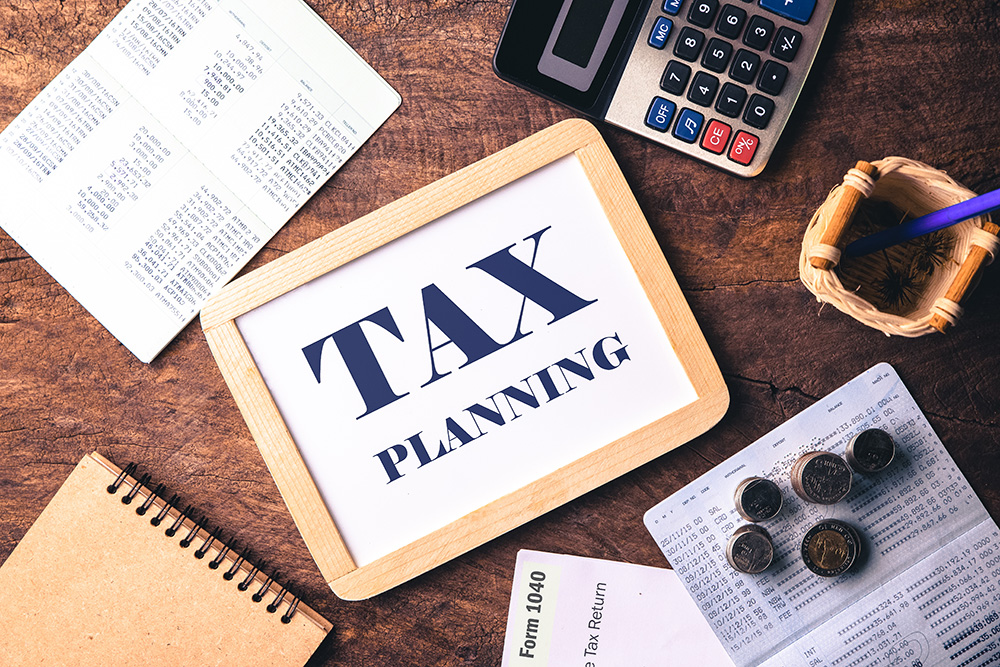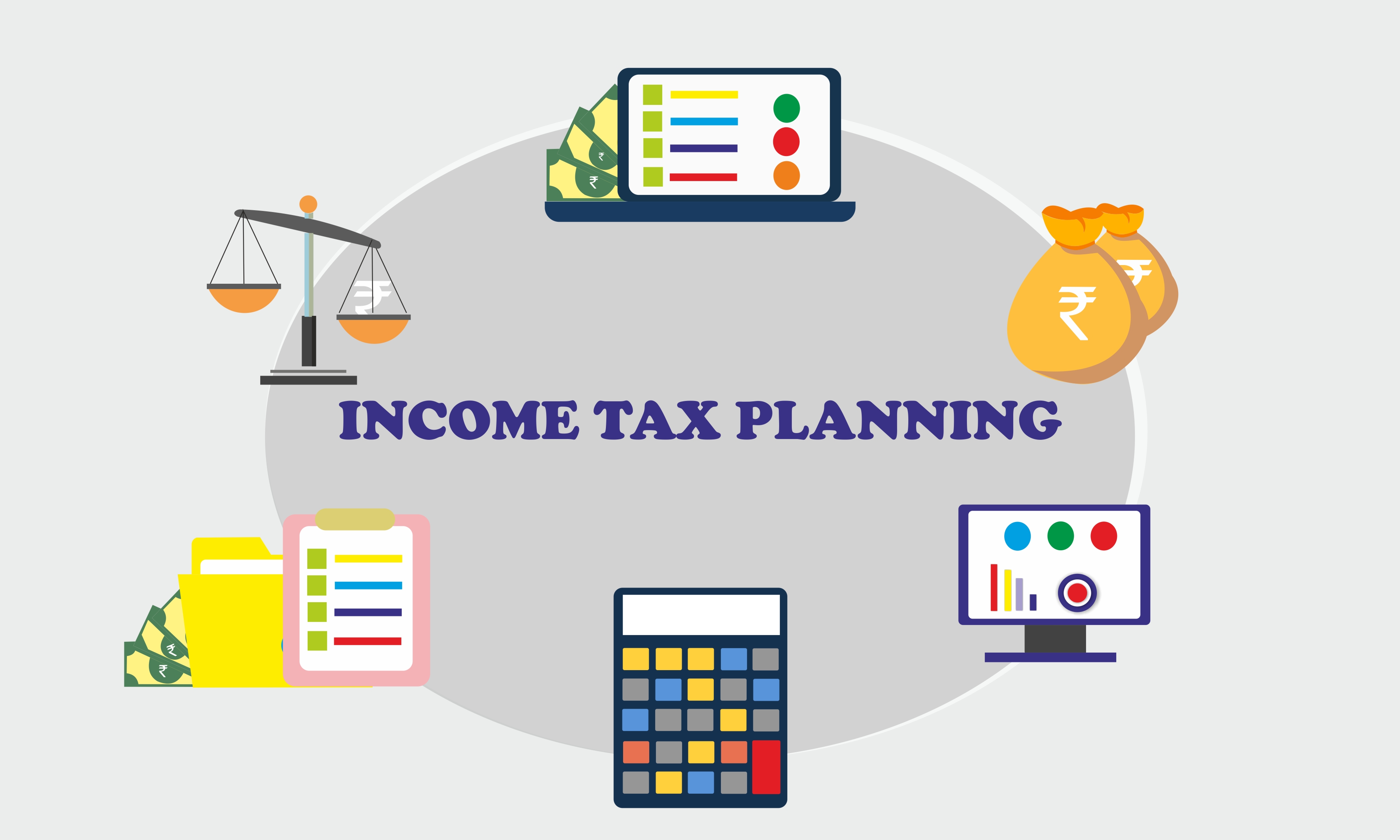 Tax Planning for Individual
Tax Planning for Individual
Introduction
Tax planning is a crucial financial strategy that helps individuals optimize their tax liabilities while complying with legal regulations. Proper tax planning ensures savings, financial security, and efficient wealth management.
Definition
Tax planning refers to the process of analyzing financial situations and implementing strategies to minimize tax liabilities. It involves taking advantage of tax deductions, exemptions, rebates, and investment benefits provided by the government.
User Intent
Individuals engage in tax planning to:
- Reduce tax burden legally
- Maximize savings and investments
- Ensure financial stability and future security
- Plan for retirement and contingencies
Benefits of Tax Planning
Reduces tax liability
Increases savings and investments
Ensures financial discipline
Helps in retirement planning
Encourages compliance with tax laws
Application of Tax Planning
- Investment in Tax-Saving Instruments – Investing in schemes like PPF, EPF, ELSS, and NPS.
- Claiming Deductions – Utilizing deductions under sections like 80C, 80D, and 24(b).
- Income Splitting – Legally reducing tax by gifting to family members or setting up trusts.
- Tax-Free Allowances & Perquisites – Availing HRA, LTA, and medical allowances.
Cooperative Table: Tax-Saving Options
| Category | Investment Options | Tax Benefit |
|---|---|---|
| 80C Deductions | PPF, EPF, ELSS, Life Insurance | Up to ₹1.5 lakh |
| 80D (Health) | Health Insurance | Up to ₹75,000 (for senior citizens) |
| Home Loan | Interest on Loan (Sec 24b) | Up to ₹2 lakh |
| Education Loan | Interest Deduction (80E) | No upper limit |
| Donations (80G) | Charity Contributions | 50%-100% deduction |
Limitations of Tax Planning
Tax laws keep changing, requiring updates
Some tax-saving investments have long lock-in periods
Over-focusing on tax savings may lead to poor investment choices
Conclusion
Effective tax planning is essential for financial well-being. By understanding available deductions, exemptions, and investment options, individuals can legally reduce tax burdens and enhance savings. Strategic planning ensures not only lower tax outflows but also long-term financial security.
Would you like any modifications or additional details?
Here are some key steps to consider when doing tax planning for individuals:
1. Understand Tax Laws:
Stay informed about the latest tax laws and regulations that apply to individuals. This includes knowledge of income tax brackets, deductions, credits, and exemptions that may be available.
2. Review Income Sources:
Assess your sources of income, such as salary, investments, rental properties, or self-employment earnings. Understand the tax implications and explore opportunities for income deferral or tax-efficient investment options.
3. Take Advantage of Deductions and Credits:
Identify deductions and credits that you may qualify for, such as mortgage interest, student loan interest, medical expenses, education credits, and retirement contributions. Maximize these tax benefits to reduce your overall tax liability.
4. Optimize Retirement Contributions:
Contribute to retirement accounts such as 401(k)s, IRAs, or self-employed retirement plans. These contributions may be tax-deductible or offer tax-deferred growth, helping to lower your taxable income.
5. Plan Charitable Contributions:
If you donate to charitable organizations, plan your contributions strategically. Consider grouping donations in a single year to exceed the standard deduction threshold and maximize the tax benefit.
6. Manage Capital Gains and Losses:
Coordinate the timing of buying and selling investments to minimize capital gains taxes. Consider offsetting capital gains with capital losses to reduce the overall tax liability.
7. Evaluate Tax-Advantaged Accounts:
Explore the use of tax-advantaged accounts like Health Savings Accounts (HSAs) or Flexible Spending Accounts (FSAs) to reduce taxable income by paying for eligible medical expenses with pre-tax dollars.
8. Consider Tax-Efficient Investments:
Invest in tax-efficient vehicles such as tax-managed mutual funds or exchange-traded funds (ETFs). These investments aim to minimize taxable distributions, reducing your annual tax liability.
9. Plan for Education Expenses:
Utilize tax-advantaged education savings accounts, such as 529 plans or Coverdell Education Savings Accounts, to save for education expenses while enjoying potential tax benefits.
10. Monitor Withholding and Estimated Taxes:
Regularly review your paycheck withholdings to ensure they align with your anticipated tax liability. If needed, adjust withholdings or make estimated tax payments to avoid underpayment penalties.
11. Stay Organized and Maintain Records:
Keep thorough records of all relevant tax documents, receipts, and financial transactions. This will help you accurately report income, deductions, and credits when filing your tax return and provide documentation in case of an audit.
12. Seek Professional Advice:
Consider consulting with a qualified tax professional, such as a tax advisor or certified public accountant (CPA), who can provide personalized guidance based on your specific financial situation and goals.
Remember, tax planning should be an ongoing process, not just limited to the end of the tax year. By proactively managing your finances and implementing tax-saving strategies, you can effectively plan and optimize your tax situation as an individual.
For more information: https://www.mca.gov.in
FAQs

Related Topics
Which tax deductions for Media House during ITR filing?
Tax planning and tax avoidance?
What does tax planning include?
What is the penalty and due date of tax audit report for Manpower & Employment Agencies?